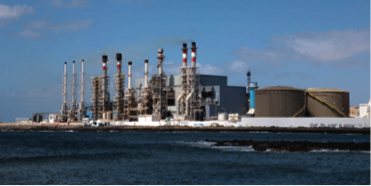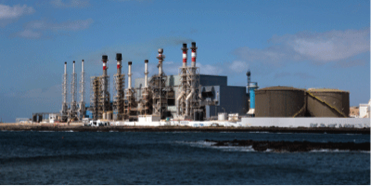Thermodynamics of Making Fresh Water
Many places on the planet lack freshwater but have plenty of saltwater, so desalination technology is crucial for humans living in these areas. One method is electrochemical separation: place electrodes in a vat of water, charge them like one would charge up a battery or capacitor, and adsorb the ions into the electrodes. An old tool to be sure, but when scaled to industrial size, even small variations in parameters can have big effects, both good and bad. A general theory for relating the key electrochemical cell quantities, voltage and concentration, would be useful, and that is what Raul Rica of the University of Milan-Bicocca, Italy, and colleagues report in Physical Review Letters.
The dependence of voltage on ion concentration is well known for batteries and capacitors, but when the accumulation of salt in the electrodes is large, the picture is greatly complicated. Rica et al. derive a relation for this dependence that connects two different processes—capacitive deionization (e.g., desalination) and capacitive mixing (e.g., the extraction of energy by mixing two solutions with different salt concentrations). By doing so, the authors arrive at a completely general equation applicable to energy storage in polarizable media, batteries, and systems involving salt accumulation. The researchers verified their relation by comparing it with experimental results on deionization cells and with classical models of electrochemical cell behavior. The result will perhaps enable the optimization of future efforts to turn salt water into fresh water. – David Voss





